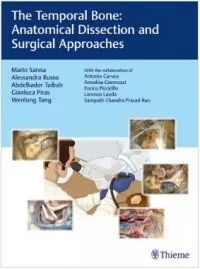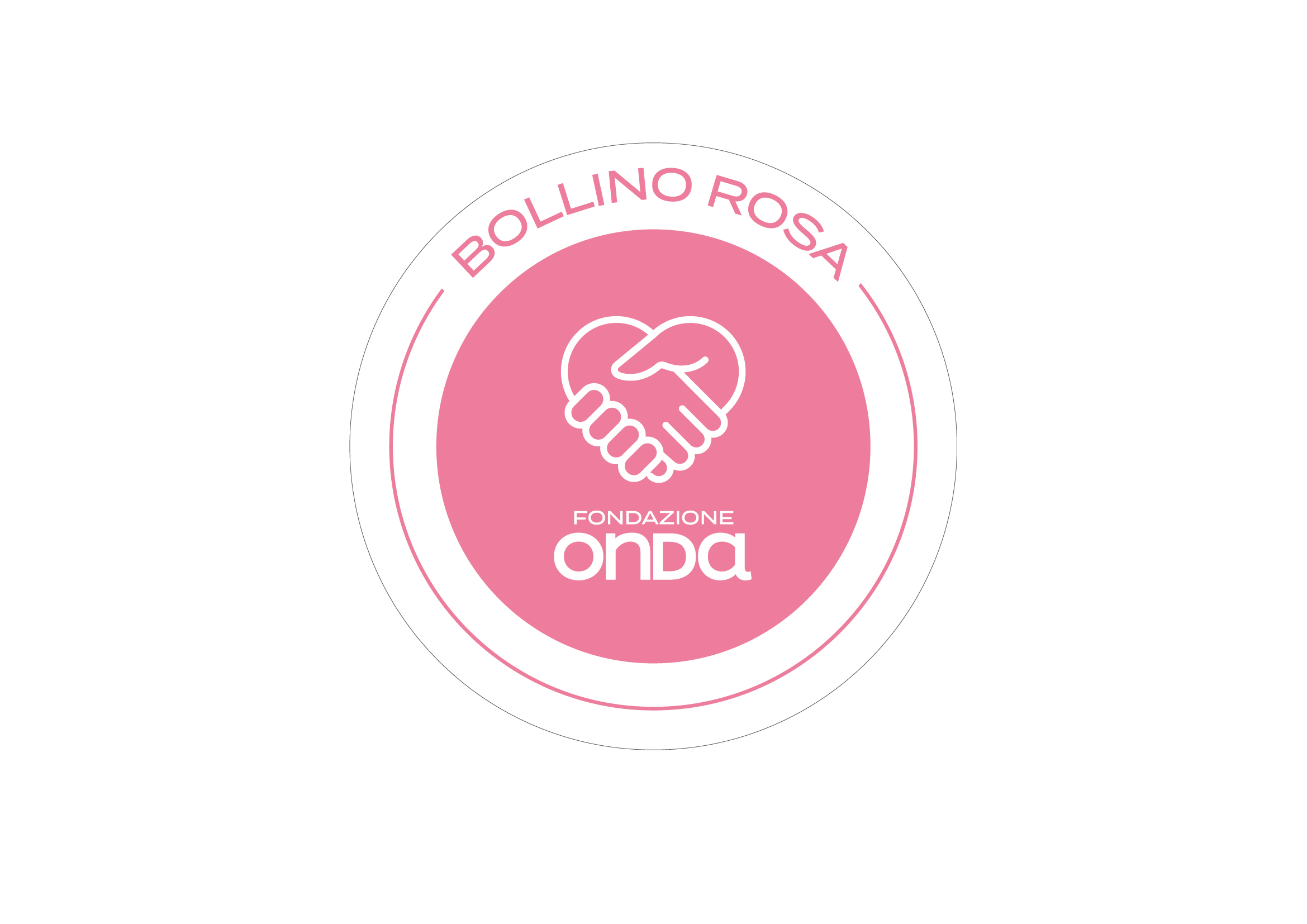AUDITORY EVOKED POTENTIALS
The auditory evoked potentials test is an electrophysiological examination used to study the functionality (sensitivity, quality, and response times) of the peripheral sensory nerves.
To determine a deficit affecting the auditory nerve, the auditory evoked potentials test, also known as ABR (Auditory Brainstem Responses), is performed; if there is also a balance disorder in addition to other vestibular tests, the vestibular evoked myogenic potentials test or VEMPs (Vestibular Evoked Myogenic Potentials) can be performed.
If the examination and other investigations have ruled out the presence of a hearing disorder attributable to a conduction deficit at the level of the external ear (for example, a wax plug) or the middle ear (alterations affecting the eardrum or the ossicular chain), the ABR can highlight possible neurosensory anomalies underlying the hearing loss and characterize it based on the nerve response to sounds of different intensity and tone.
With the ABR, it is also possible to estimate the hearing threshold of the examined ear and thus evaluate the appropriateness of applying a hearing aid to improve sound perception.
The repetition of the examination over time allows monitoring of the hearing capacity deficit.
For the correct execution of the auditory evoked potentials test, the patient is generally made to lie on a couch or sit in a chair with a headrest so that they can assume a completely relaxed position, especially at the level of the neck, face, and jaw muscles.
This examination can be performed on both adults and children with hearing loss, usually reported by the subject themselves or detected during previous tests.
This test can also be performed on newborns as a screening evaluation at birth if they are considered at risk of congenital hearing deficit (e.g., in newborns born to one or both parents with deafness, if at risk of viral infectious diseases, or due to exposure to ototoxic substances by the mother during pregnancy).
Patient Preparation
It is highly recommended that the patient brings all previous examinations related to the matter and a note of any medications taken daily or recently during the visit with the specialist.
The specialist may also indicate other examinations to be performed.
Doctors
Dott. Antonio Caruso
Otorinolaringoiatria, Otologia, Neurotologia, Chirurgia della Base Cranica, Chirurgia Endoscopica dei Seni Paranasali
Dott.ssa Vittoria Di Rubbo
Otorinolaringoiatria, Otologia, Chirurgia della Base Cranica, Neurotologia e Chirurgia Endoscopica dei Seni Paranasali
Dott. Giuseppe Fancello
Otorinolaringoiatria, Otologia, Neurotologia, Chirurgia della Base Cranica, Chirurgia Endoscopica dei Seni Paranasali, Laringologia
Dott.ssa Anna Lisa Giannuzzi
Otorinolaringoiatria, Otologia, Neurotologia, Chirurgia della Base Cranica, Vestibologia
Dott. Lorenzo Lauda
Otorinolaringoiatria, Otologia, Neurotologia, Chirurgia della Base Cranica, Chirurgia Endoscopica dei Seni Paranasali, Chirurgia Riabilitativa del Nervo facciale
Dott. Enrico Piccirillo
Otorinolaringoiatria, Neurotologia, Chirurgia della Base Cranica, Chirurgia Endoscopica dei Seni Paranasali, Oncologia Testa-Collo
Dott. Gianluca Piras
Otorinolaringoiatria, Otologia, Neurotologia, Chirurgia della Base Cranica, Chirurgia Endoscopica dei Seni Paranasali
Dott.ssa Alessandra Russo
Otorinolaringoiatria, Otologia, Neurotologia, Chirurgia della Base Cranica, Chirurgia Ricostruttiva del Padiglione Auricolare
Prof. Mario Sanna
Otorinolaringoiatria, Otologia, Neurotologia, Chirurgia della Base Cranica
Dott. Abdelkader Taibah
Otorinolaringoiatria, Otologia, Neurotologia, Chirurgia della Base Cranica
News
Cochlear implant: when and what it is used for
Rely on a Health Center of Excellence for cochlear implant surgery is crucial for the patient, who will be guided through the multidisciplinary rehabilitation pathway for effective hearing recovery.
The Temporal Bone: Anatomical Dissection and Surgical Approaches
Temporal bone anatomy is arguably the most complex
NATIONAL & INTERNATIONAL TRAINING PROGRAMMES
NATIONAL & INTERNATIONAL TRAINING PROGRAMMES Practical Courses in Middle
Microsurgical Management of Middle Ear and Petrous Bone Cholesteatoma
The cholesteatoma, strictly speaking a cyst and not
contacts
Via Morigi, 41
29122, Piacenza (PC)
Tel. (+39) 0523.754362
WhatsApp – (+39) 378.3025085
contacts
Via Morigi, 41
29122, Piacenza (PC)
Tel. (+39) 0523.751280
WhatsApp – 389.2625175
ufficio.privati@casadicura.pc.it





















